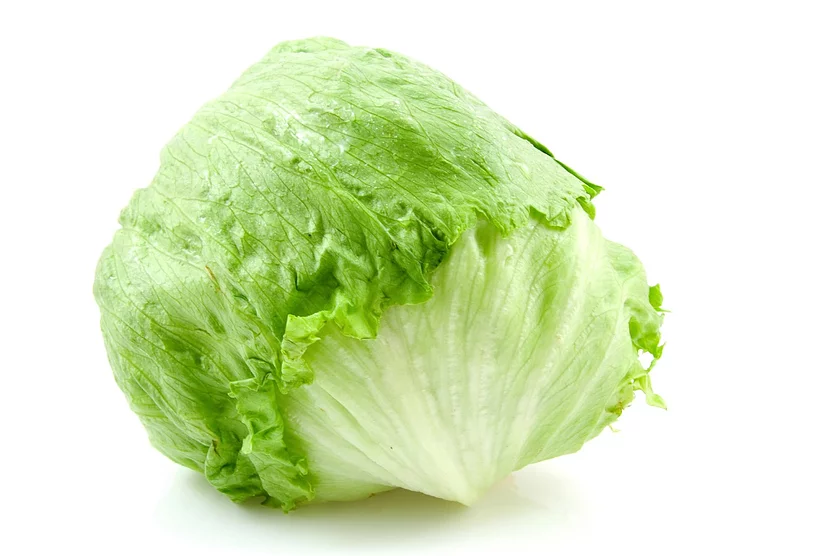
Iceberg lettuce got its name from its history of California growers shipping it covered with crushed ice in the 1920s. It had previously been called Crisphead lettuce. Lettuce aids digestion and promotes liver health. It can also reduce the risk of heart disease, stroke and cataracts. Other research shows it helps to reduce the risk of cancer and may ease nervous insomnia.

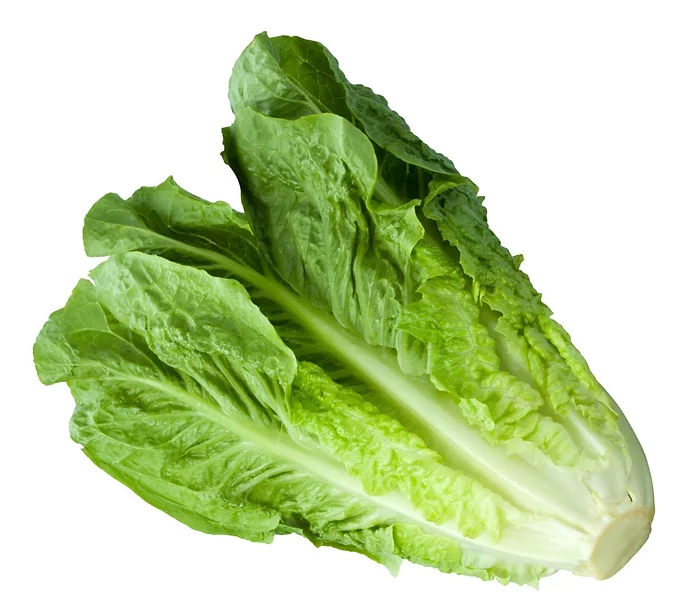
Romaine lettuce is probably best known for its use in Caesar salad, but is also delicious halved, brushed with olive oil, and grilled! Romaine is ready for harvest once its leaves have a crisp snap to them. If they are still pliable, the crop is not ready to be picked.

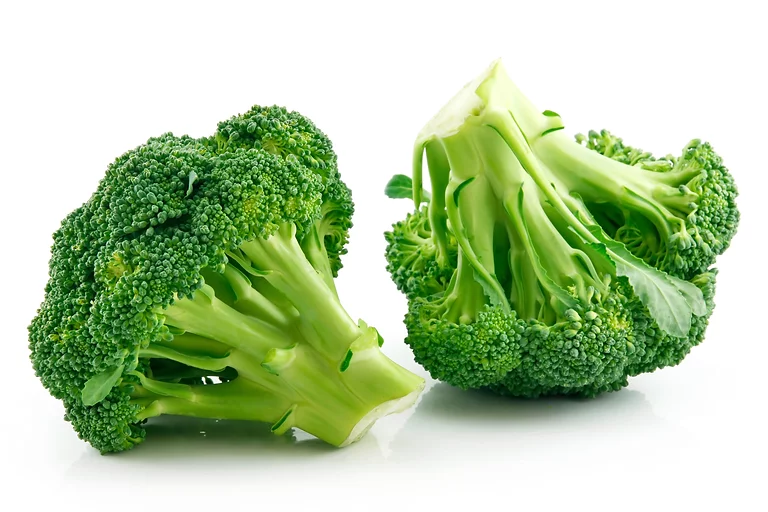
Broccoli is one of the best-known cruciferous vegetables, with many ways to prepare it! Did you know just one cup of broccoli provides over 100 percent of your daily need for Vitamin C and Vitamin K? It is also a great source of Vitamin A, folate and potassium.


Cauliflower is actually a flower growing from a plant. Our Cauliflower gets its pure, creamy-color, naturally. As the plant grows, heavy, green leaves shadow and protect shy undeveloped flower buds. Without sunlight, no chlorophyll develops, so it remains white. The tender large bouquets are full of wonderful flavor, contain Vitamin C, Folate, Fiber and complex carbohydrates.

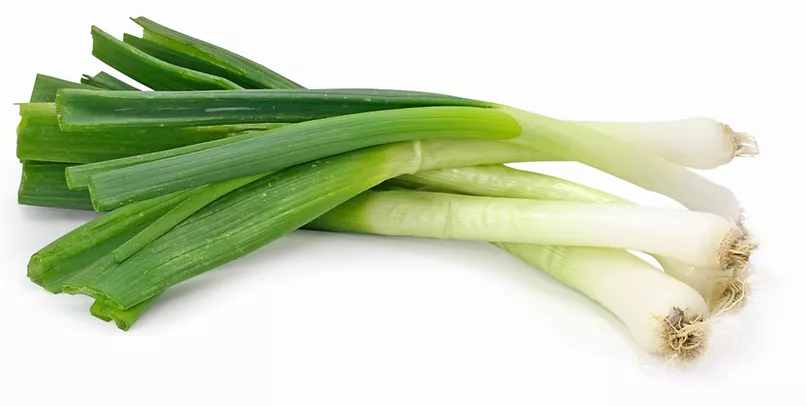
Green onions have a combination of the benefits of onions and leafy greens like spinach or chard. They are an excellent source of vitamin K as well as a good source of vitamin A, vitamin C, and folate.

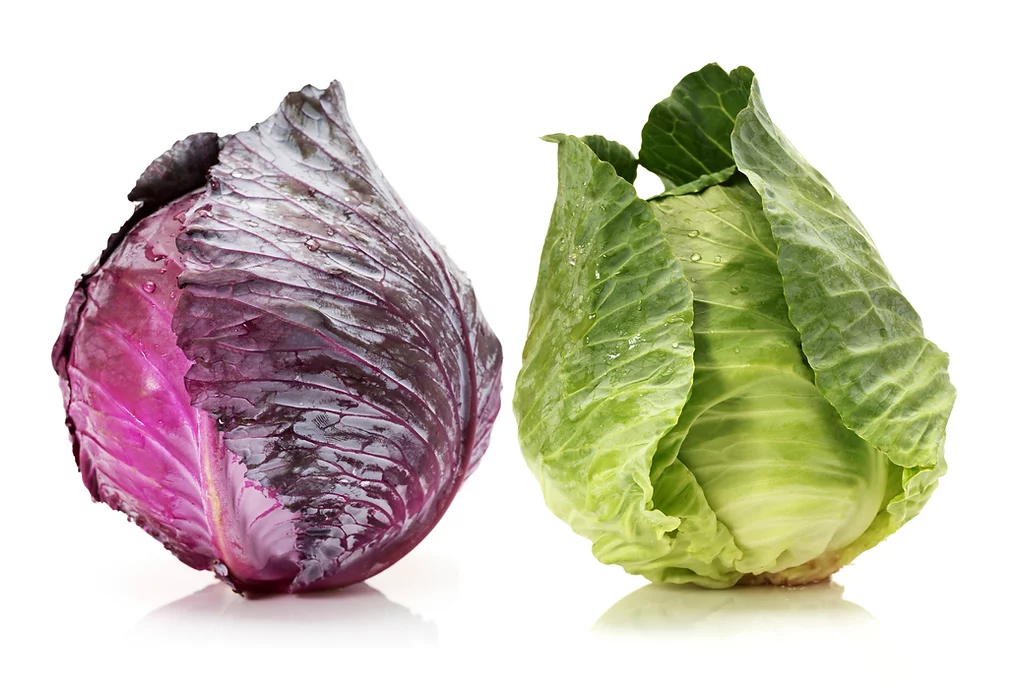
Cabbage has the highest amount of some of the most powerful phytonutrients. Research has shown these compounds to protect against several types of cancer.

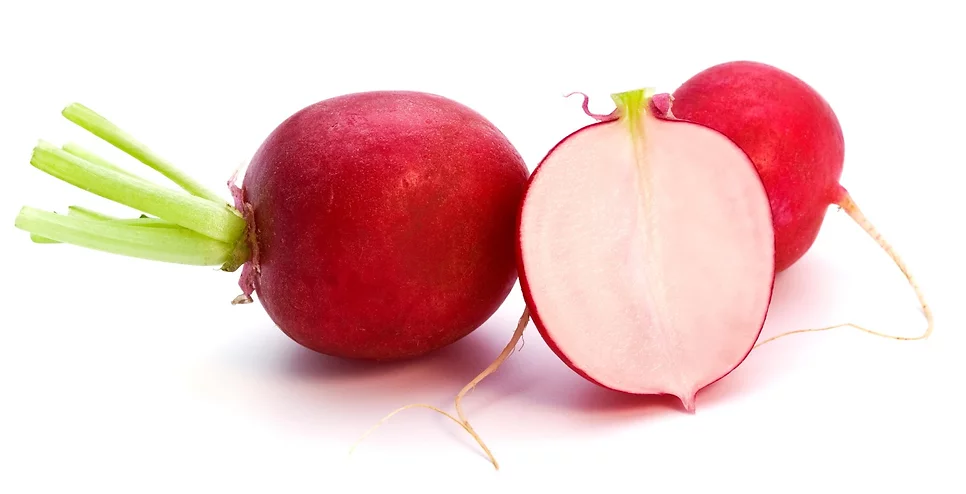
Radishes are great at detoxifying the body, as well as improving the liver and stomach functions. One serving will help purify your blood and increase oxygen into your bloodstream. It’s also a natural diuretic, helping to release pollutant substances in the body.

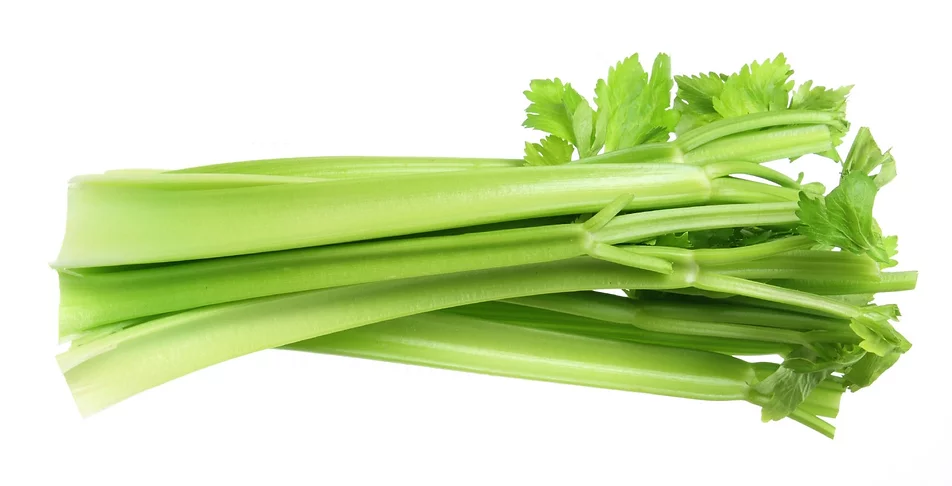
Celery is packed with minerals, vitamins C, K and A to support a strong immune system and clear vision. When picking out your produce, choose celery that is firm—be on the lookout for limp or spotted leaves.

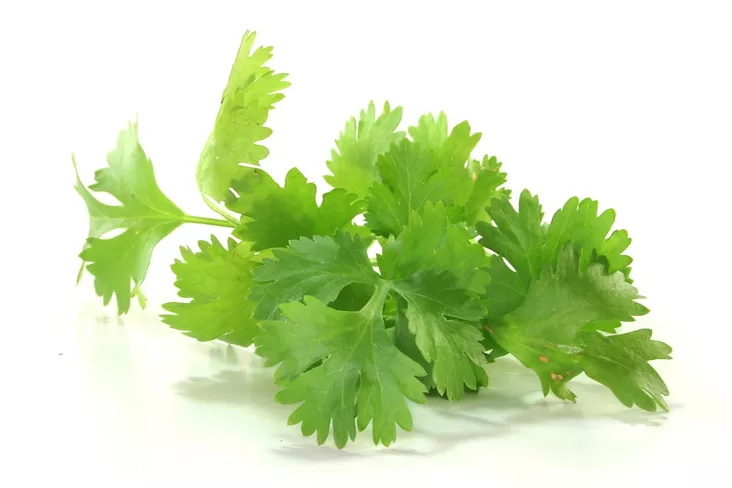
Cilantro is only called by that name in the Americas—the rest of the world knows the plant as coriander. Its iconic sage-citrus flavor is used in the cuisine of countless countries.

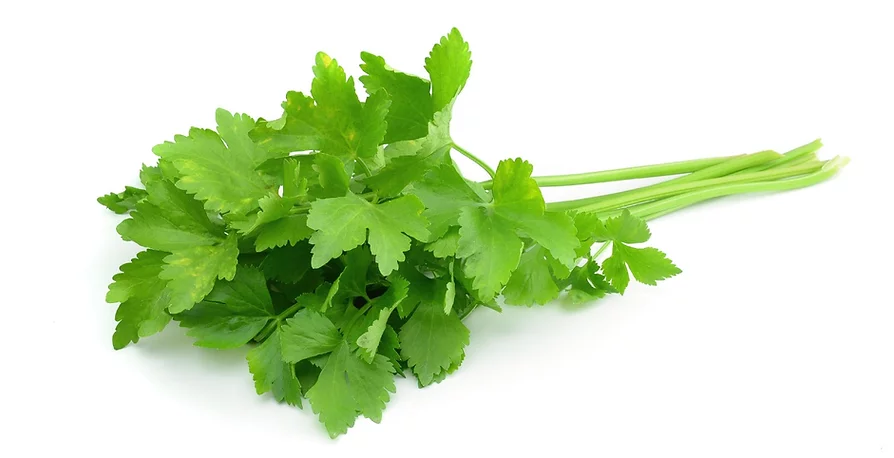
Parsley is widely known by its frequent use as a garnish. Featuring a milder, sweeter taste than other herbs like cilantro, it complements many different dishes as a featured ingredient.

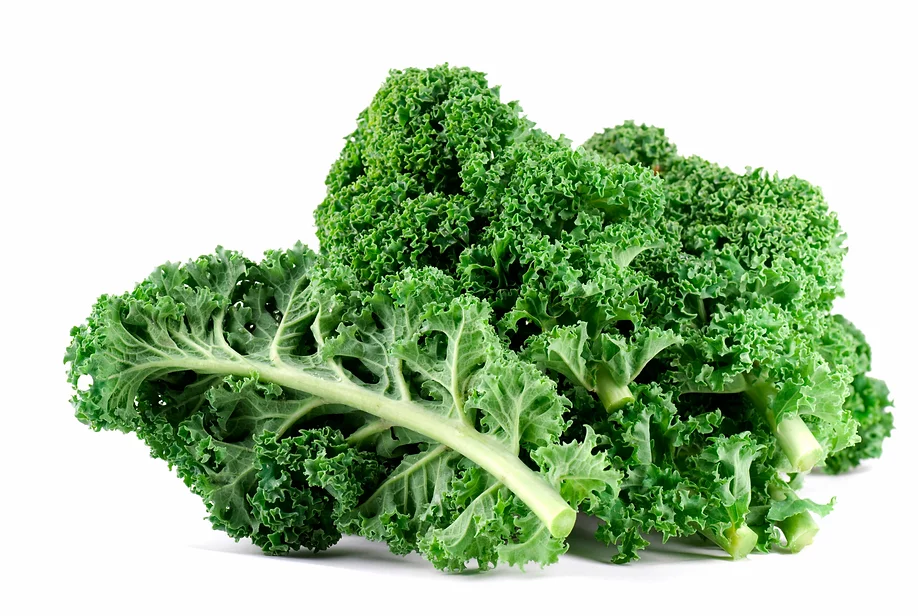
Did you know kale is very high in vitamin A and vitamin C? Just one serving has more than 100% of your recommended daily value for both vitamins! When you cook your kale, wash it in warm water and cut the end of stems for even cooking. Blanching kale can remove bitterness but avoid boiling it to preserve nutrients.

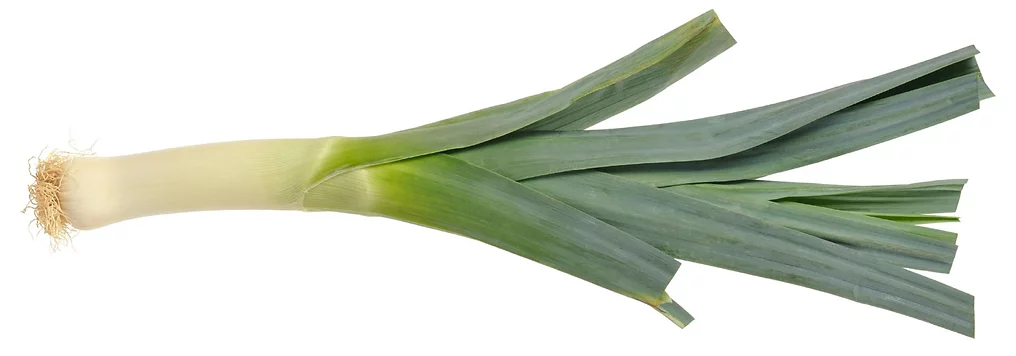
Leeks are in the onion family but have a harsher flavor when eaten raw and a milder flavor when cooked. Leeks are good sources of vitamin A and C, which aid the immune system.

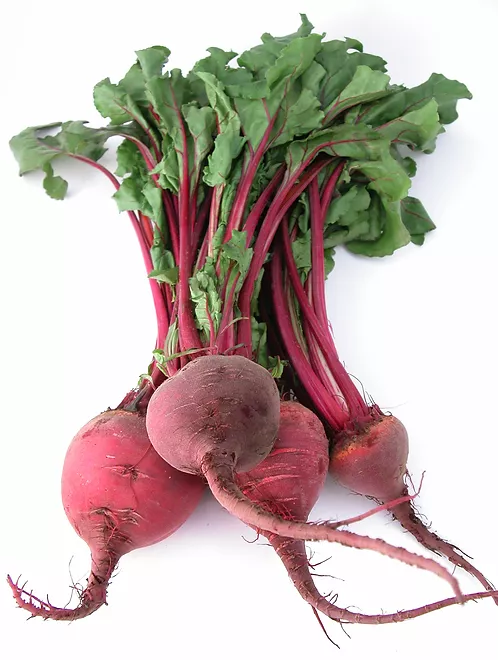
Beets contain high levels of antioxidant and anti-inflammatory agents that may help reduce the risk of some cancers. High levels of unique fiber found in beets may be linked to a lower risk of colon cancer.

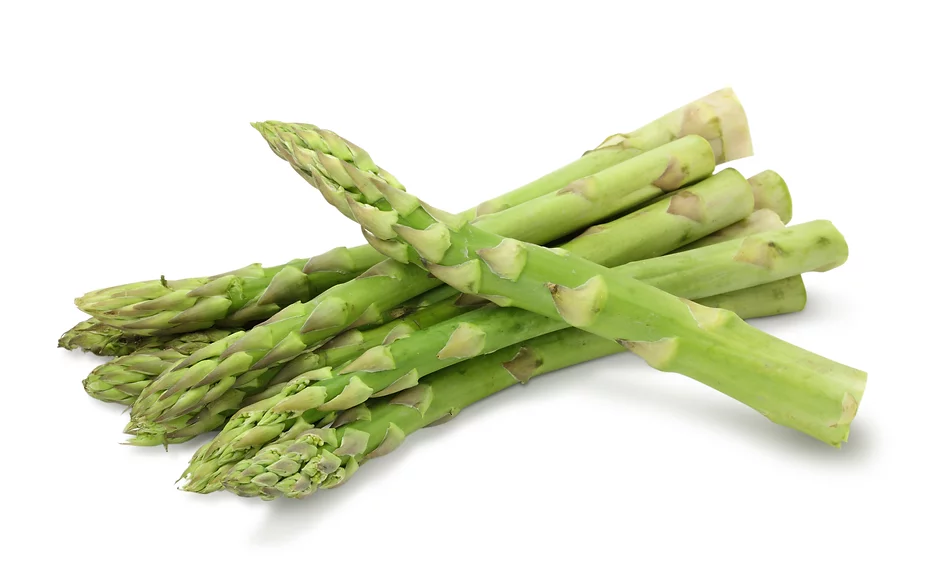
Did you know that Asparagus plants take three years to grow from seed to harvest? Just ½ a cup of Asparagus provides ⅓ of the recommended daily value of folic acid to help your body make new cells.

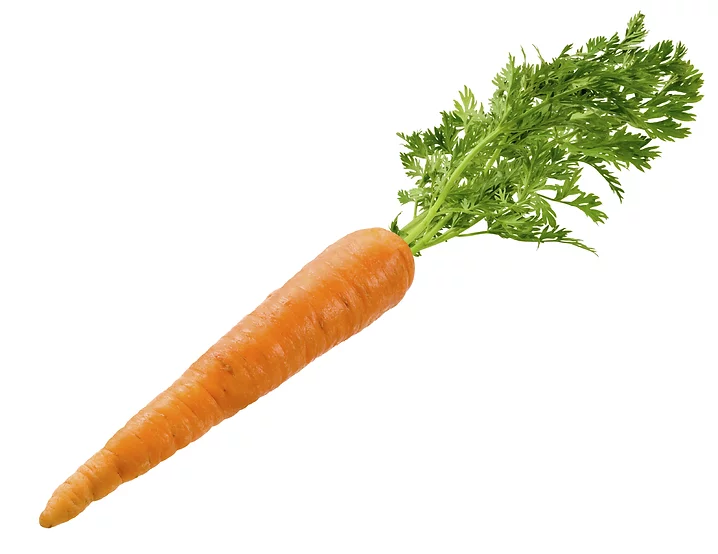
Carrots are crunchy, tasty, and highly nutritious. Carrots are a particularly good source of beta carotene, fiber, vitamin K1, potassium, and antioxidants They’re a weight-loss-friendly food and have been linked to lower cholesterol levels and improved eye health!

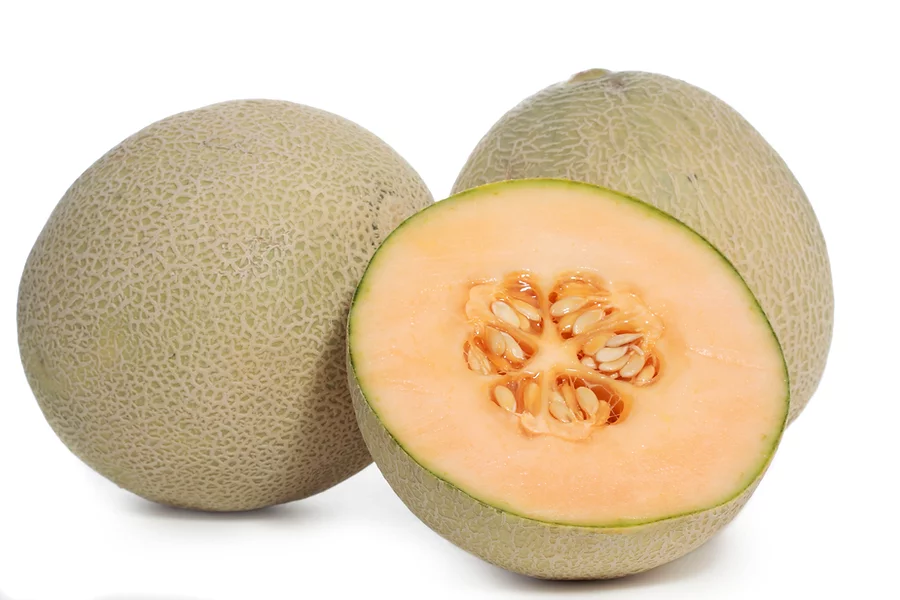
Historians debate the origins of cantaloupes, but it is widely believed that the melon came from Africa. Just one cup of cantaloupe has more than 100% of your recommended daily intake of vitamin A! It also has nearly 100% of your recommended daily allowance of vitamin C. Both of these nutrients play a major role in maintaining skin health.


The sweet flesh of honeydew is typically light green, while its skin has a white-yellow tone. Its size and shape are similar to that of its relative, the cantaloupe. Honeydew melon contains several nutrients that are vital for repairing and maintaining strong bones, including folate, vitamin K and magnesium.

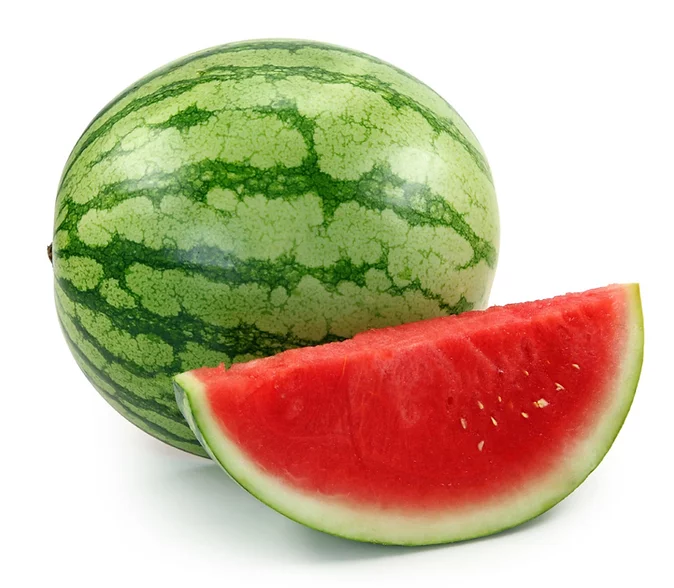
Watermelon is sweet and juicy, making it the perfect treat to quench your thirst during the summer heat! It’s also packed with nutrients, including antioxidants and vitamins A and C.


Corn is one of the most popular vegetables in the U.S.! Natural fiber in corn helps you stay full for longer between meals. It also feeds healthy bacteria in your digestive tract, which may help protect against colon cancer.


Red seedless table grapes are known for their striking color and distinctive sweet flavor. These versatile fruits make a great snack and are also delicious blended in smoothies and baked in desserts. Plus, they’re naturally high in vitamins and low in calories.

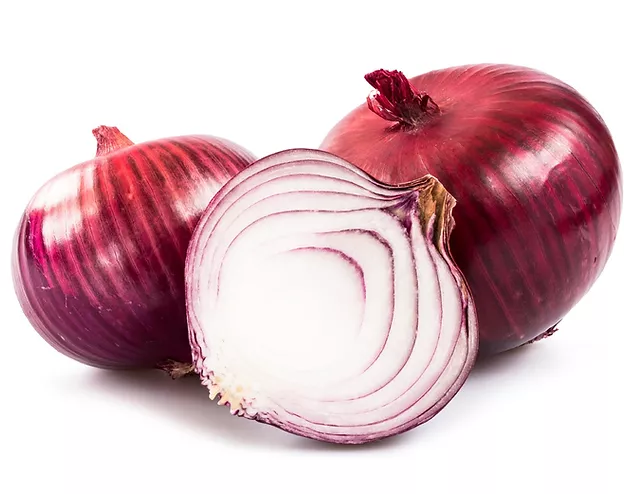
Onions vary in size, shape, color, and flavor. The most common types are red, yellow, and white onions. The taste of these vegetables can range from sweet and juicy to sharp, spicy, and pungent, often depending on the season in which they grow!
